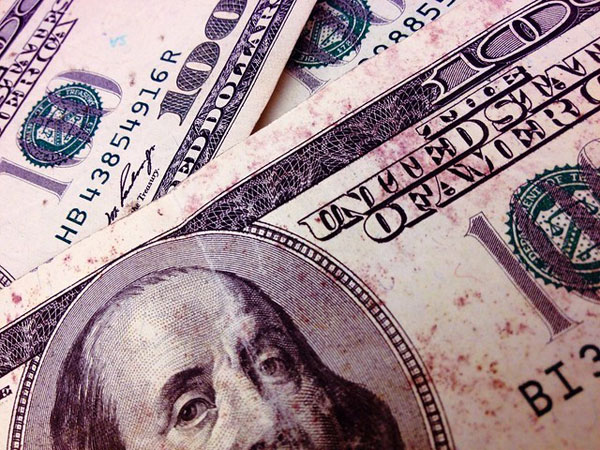
May 16, 2019; New York Times, “Opinion”
In an op-ed published on the New York Times website yesterday and scheduled for publication in the Sunday print edition, Anand Giridharadas noted that the Metropolitan Museum of Art joined the Tate and the Guggenheim in rejecting Sackler money. He writes, “For far too long, generosity has been allowed to serve as a wingman of injustice; giving back disguises merciless taking; making a difference becomes inseparable from making a killing—sometimes literally. It is high time to reject these alibis for treachery.”
Giridharadas hopes that awareness is growing of nonprofit complicity in helping the very rich to scrub their reputations and purchase “the immunity needed to profiteer at the expense of the common welfare.” He points to a lawsuit filed by New York State that explicitly links Sackler philanthropy to purposeful attempt to coverup their responsibility in the opioid crisis. “Ultimately, the Sacklers used their ill-gotten wealth to cover up their misconduct with a philanthropic campaign intending to whitewash their decades-long success in profiting at New Yorkers’ expense,” reads the complaint.
Giridharadas believes there is an increasing sensitivity to using blood money in work that intends to strengthen civil society and community health and well-being:
Sign up for our free newsletters
Subscribe to NPQ's newsletters to have our top stories delivered directly to your inbox.
By signing up, you agree to our privacy policy and terms of use, and to receive messages from NPQ and our partners.
When I speak privately with people working in nonprofits, as I often do, especially younger people, I hear this complaint again and again: They agonize about having to stay quiet not only about their donors’ membership in a class that has benefited from an age of inequality but also about specific conduct by many donors that often worsens the problems the donors and nonprofits are working to solve.
He hopes that nonprofits may be beginning to understand their role in society as potential enablers of the societal harm done by some donors in making their billions. And he believes that, although the focus has largely been on museums and universities, other nonprofits should interrogate themselves on how the money that is fueling them was made.
It remains to be seen …whether the nonprofit sector will begin asking itself some deeply uncomfortable questions. Should anyone working to make cities better and more equitable take money from JPMorgan Chase, which paid a huge sum for its role in helping to bring about the 2008 mortgage disaster and financial crisis? Should anyone working to help families affected by President Trump’s immigration policies take money from Mark Zuckerberg, whose soft-pedaling of Russian interference in the 2016 election allowed anti-immigrant hate to spread and potentially helped Mr. Trump gain votes? Should any health institution take money tied to Pepsi or Coca-Cola?
—Ruth McCambridge













